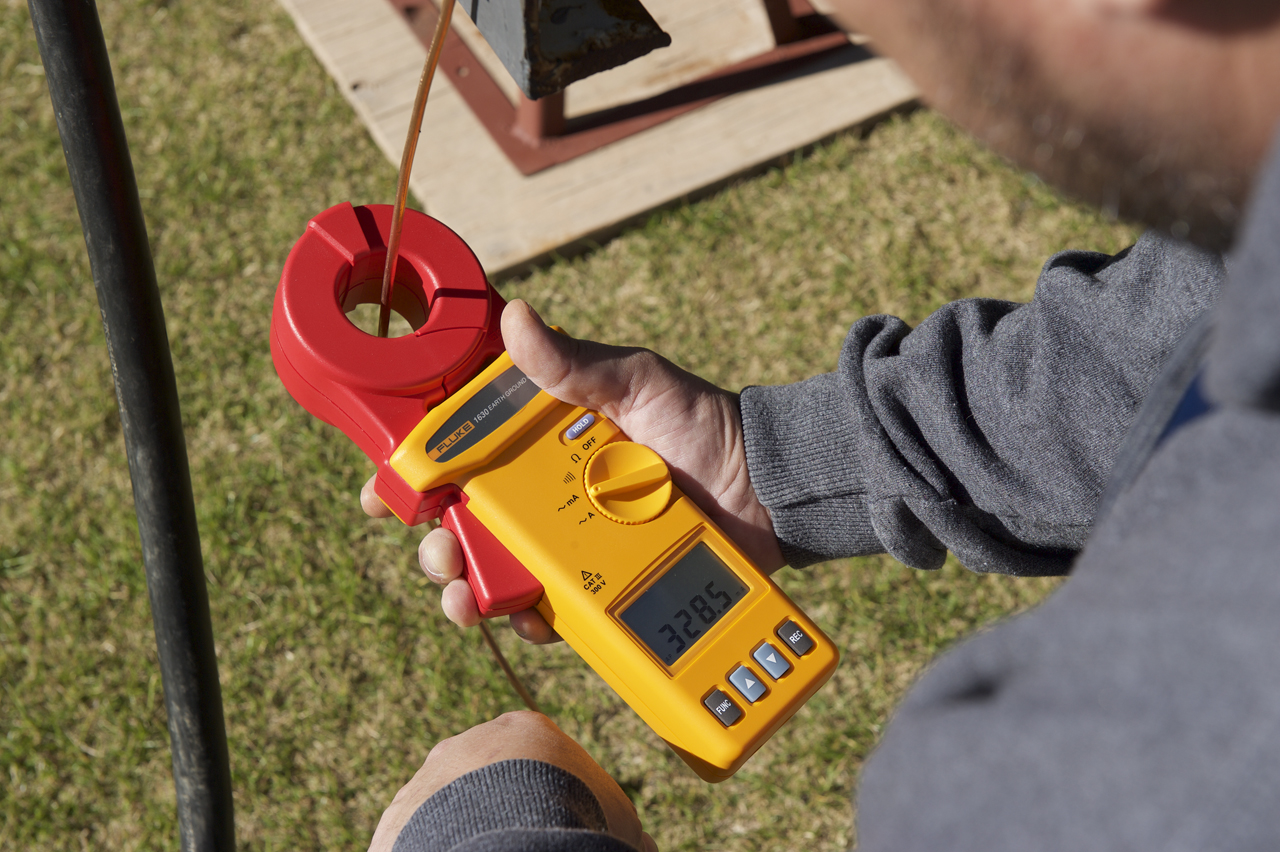Grounding parameters depend on many factors, and not all of them can be taken into account in the calculations. Therefore, after mounting the grounding, it is recommended to repeatedly measure its resistance at different times of the year. Grounding elements can oxidize and corrode, so it is also necessary to periodically measure the ground resistance even after you have verified that everything was done correctly. The standards available in Russia require measuring the ground resistance of electrical installations at least once every 12 years. For power poles with disconnectors, protective gaps, arresters, re-grounding of the neutral wire, the measurement of ground resistance is carried out annually. Also, annually selectively they measure grounding parameters at 2% of metal and reinforced concrete supports of power transmission line poles passing in populated areas.

Classical methods for measuring resistance involve the installation of additional grounding pins (electrodes) at a distance of about 20 m from the test grounding. This can be a problem if during the measurement process the pins have to be mounted in the territory of the Owner. In addition, problems may arise with the mounting of additional pins in winter in frozen ground. But it is precisely the freezing situation that is the most problematic in terms of the functioning of grounding. For example, in permafrost regions, Regulations for Operation of Consumer Electrical Installations prescribe measuring the ground resistance of power transmission line poles only during the greatest freezing of the soil period. Another disadvantage of traditional measuring resistance methods is the need to disconnect parallel-connected grounding.
These listed circumstances make it relevant to use the so-called electrodeless methods for measuring ground resistance, which do not require the installation of additional pins in the ground. This has been made possible thanks to modern current clamps.
Read more about the electrodeless method for measuring ground resistance and current clamps in our article.
Related Articles:

